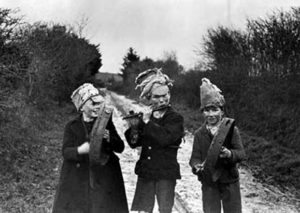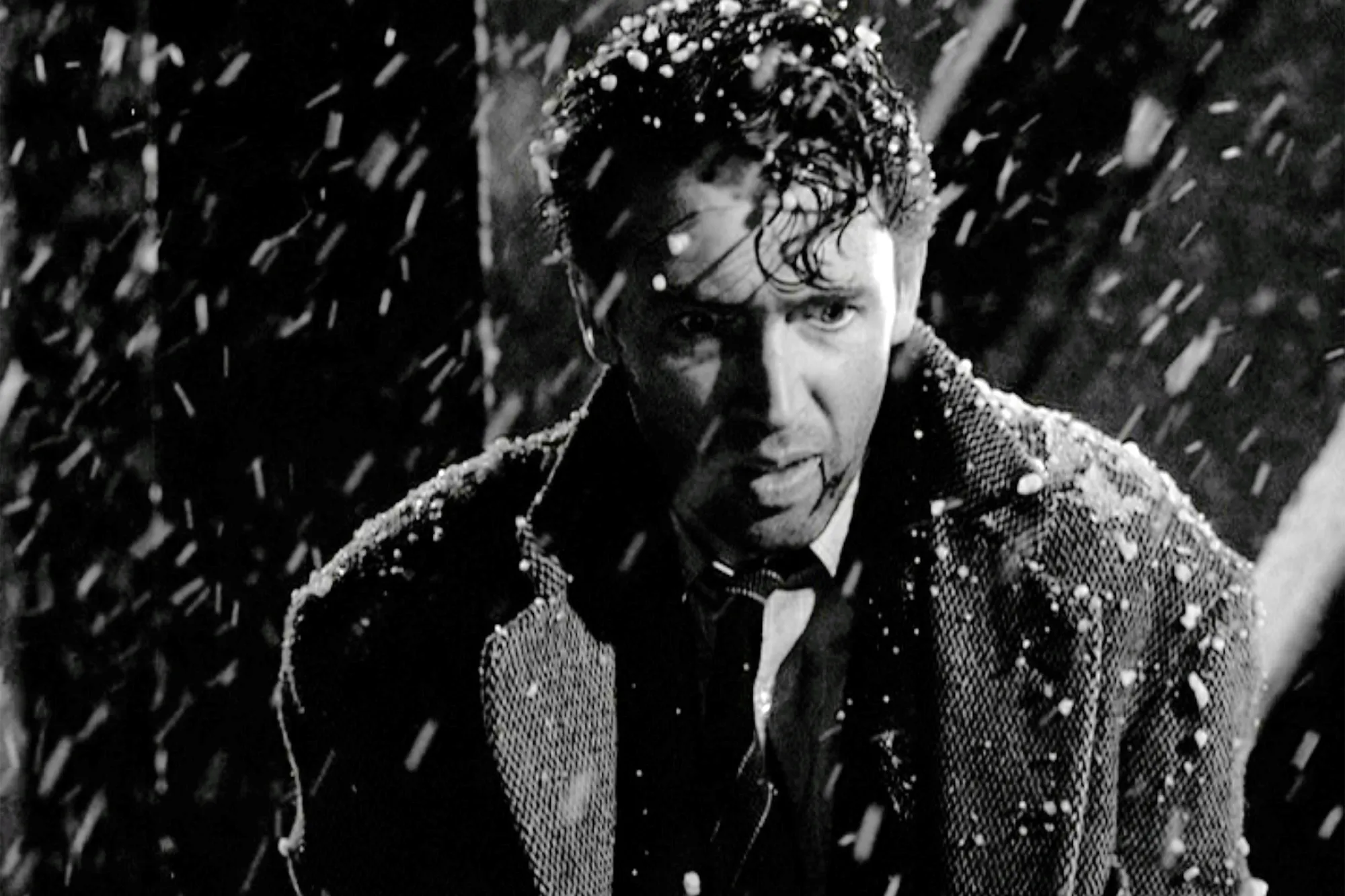
December 26 is the feast day of the first martyr of the Christian church, St Stephen. What little we know about him can be found in the Book of Acts where we learn that he had been chosen one of the seven deacons in Jerusalem and that his defence of Christianity resulted in his being stoned to death for blasphemy. Legend, however, has surrounded the protomartyr with a host of stories which link him to Herod’s household at the time of the birth of Jesus, to horses and to the stoning of the tiny wren.
Ever since the tenth century Stephen’s Day has been associated with horses, probably because the season was a time of horse sacrifice in pagan northern Europe and a time of rest from agricultural work for both man and beast. In England it is a time to bleed horses to ensure their health for the coming year. In the sixteenth century Tusser noted:
Yer Christmas be passed,
let Horsse be lett blood,
For many a purpose
it dooth him much good:
The day of St. Steeven,
old fathers did use.
If that do mislike thee,
some other day chuse.
Across Europe December 26 is a time for horses to be fed extra food, raced, decorated, blessed by the priest or ridden in ceremonies honouring their species. This is particulalry true in Sweden where “Staffan Riders” would race from village to village and sing songs in honour of the saint. Some have tried (not very successfully) to explain the connection between horses and St Stephen’s Day by claiming it has stemmed from confusion between the martyr in the Book of Acts and a later saint, Stephen of Corvey, martyred c. 1075, whose feast day June 2. This Stephen was a lover of horses and was said to ride five of them in turn. When he was murdered his unbroken colt took him home to Norrtalje which became a shrine for horse-healing.
The water and salt blessed by the priest on St Stephen’s Day would be set aside and used as medicine for horses should they fall ill during the rest of the year or to sprinkle liberally about the barn and yard to bring prosperity. The salt could also be thrown in the fire to avert danger from thunder-storms. In some places the blood drawn from horses on this day was thought to have healing powers. In Poland, the blessing of food for horses led to other peculiar rituals on St Stephen’s Day. In what has been interpreted either as a remnant of pagan fertility rites or a re-enactment of the stoning of Stephen, people would throw the consecrated oats at each other and their animals. Moreover, it was customary on December 26 for boys and girls to throw walnuts at one another.
St Stephen’s Day is also marked in Ireland and other parts of Britain by hunting a bird considered protected every other the day of the year, the wren, and parading about with its body. Wren Boys used to carry a dead wren on a branch from house to house, and sing an appropriate song which solicited money. Irish Wren Boys are shown in the photo above.
The wren,the wren, the king of all birds,
On St. Stephen’s day was caught in the furze;
Though is body is small, his family is great,
So, if you please, your honour, give us a treat.
On Christmas Day I turned a spit;
I burned my finger; I feel it yet,
Up with the kettle, and down with the pan:
Give us some money to bury the wren.
Other customs associated with St Stephens’s Day include holming. In Wales holming or holly-beating was the practice for young men to beat each other (or female servants) with holly branches on December 26. In Britain generally December 26 is a day for sporting events and hunting and the day observed as Boxing Day.
 If you’ve ever wondered how Christmas movie makers create a winter wonderland clad in a mantle of snow while filming in a studio or outdoors on a summer day, wonder no further.
If you’ve ever wondered how Christmas movie makers create a winter wonderland clad in a mantle of snow while filming in a studio or outdoors on a summer day, wonder no further.






